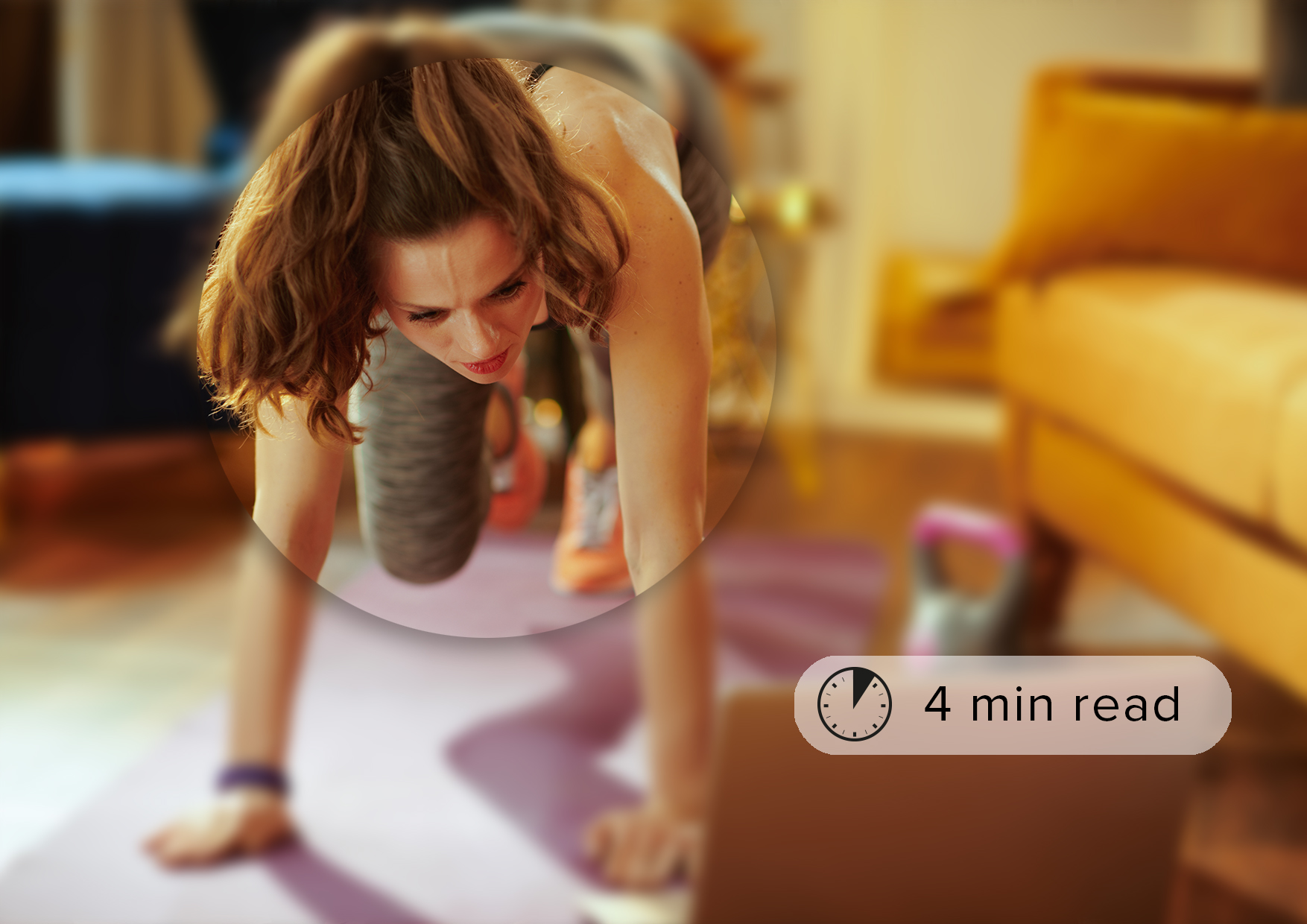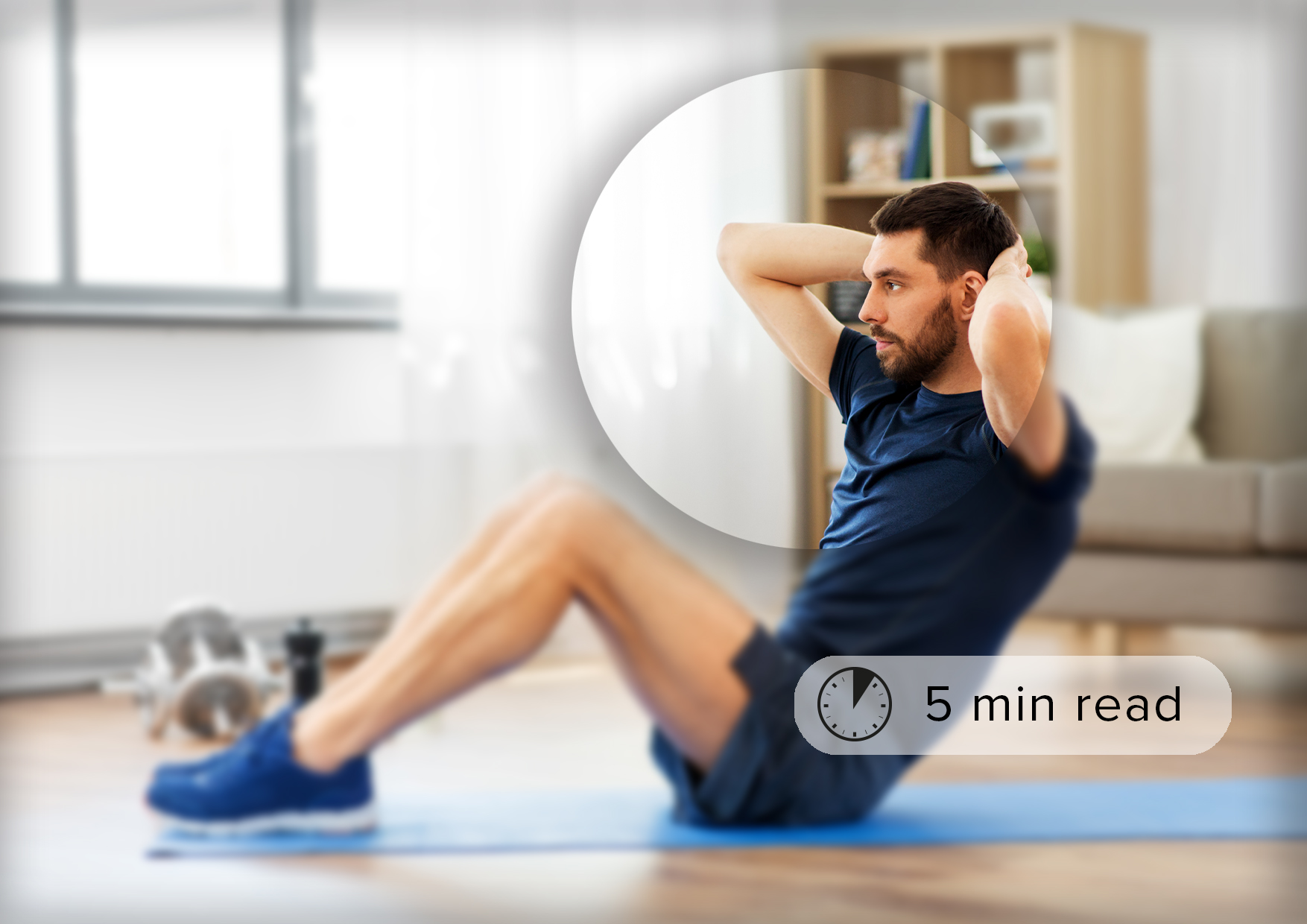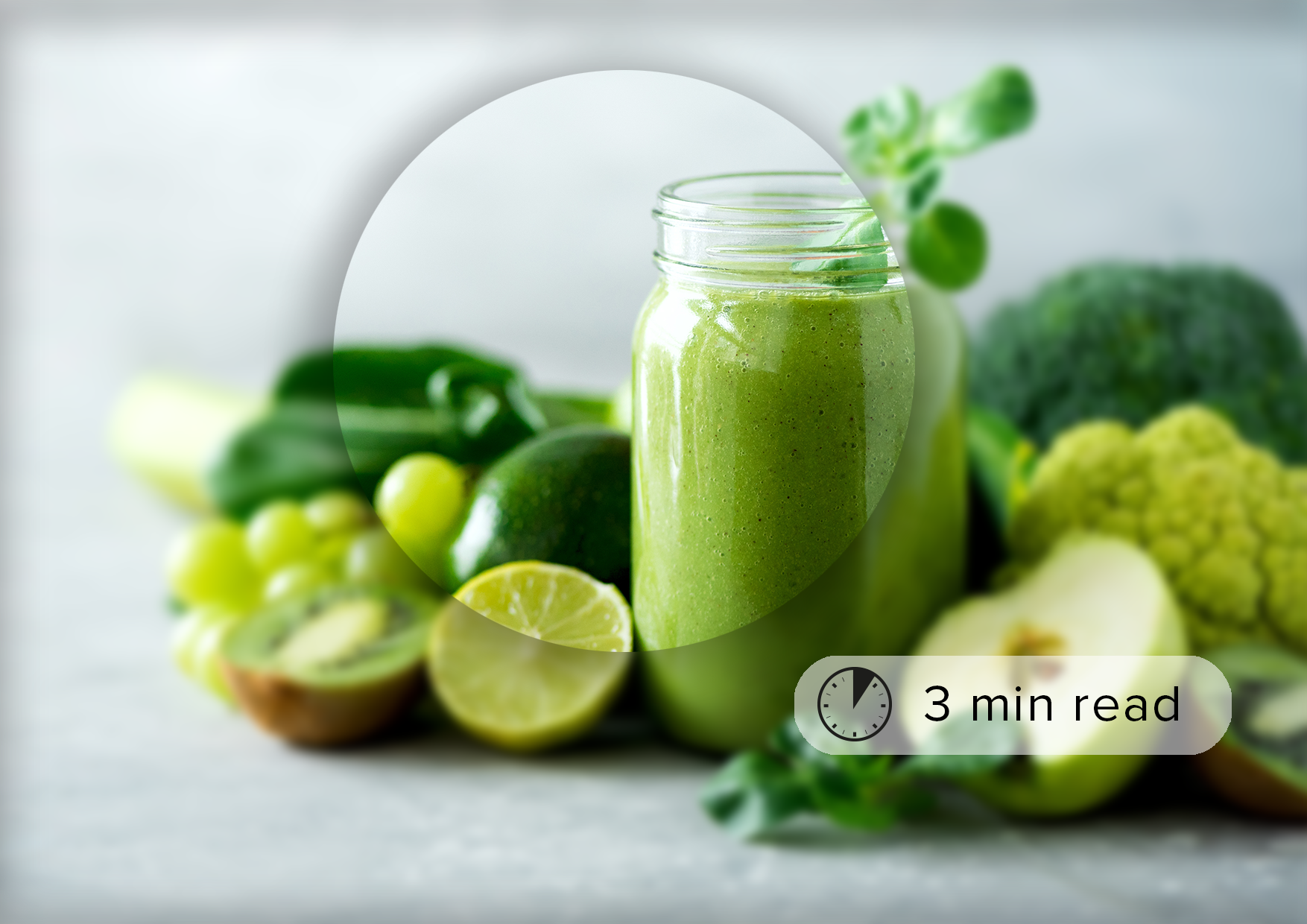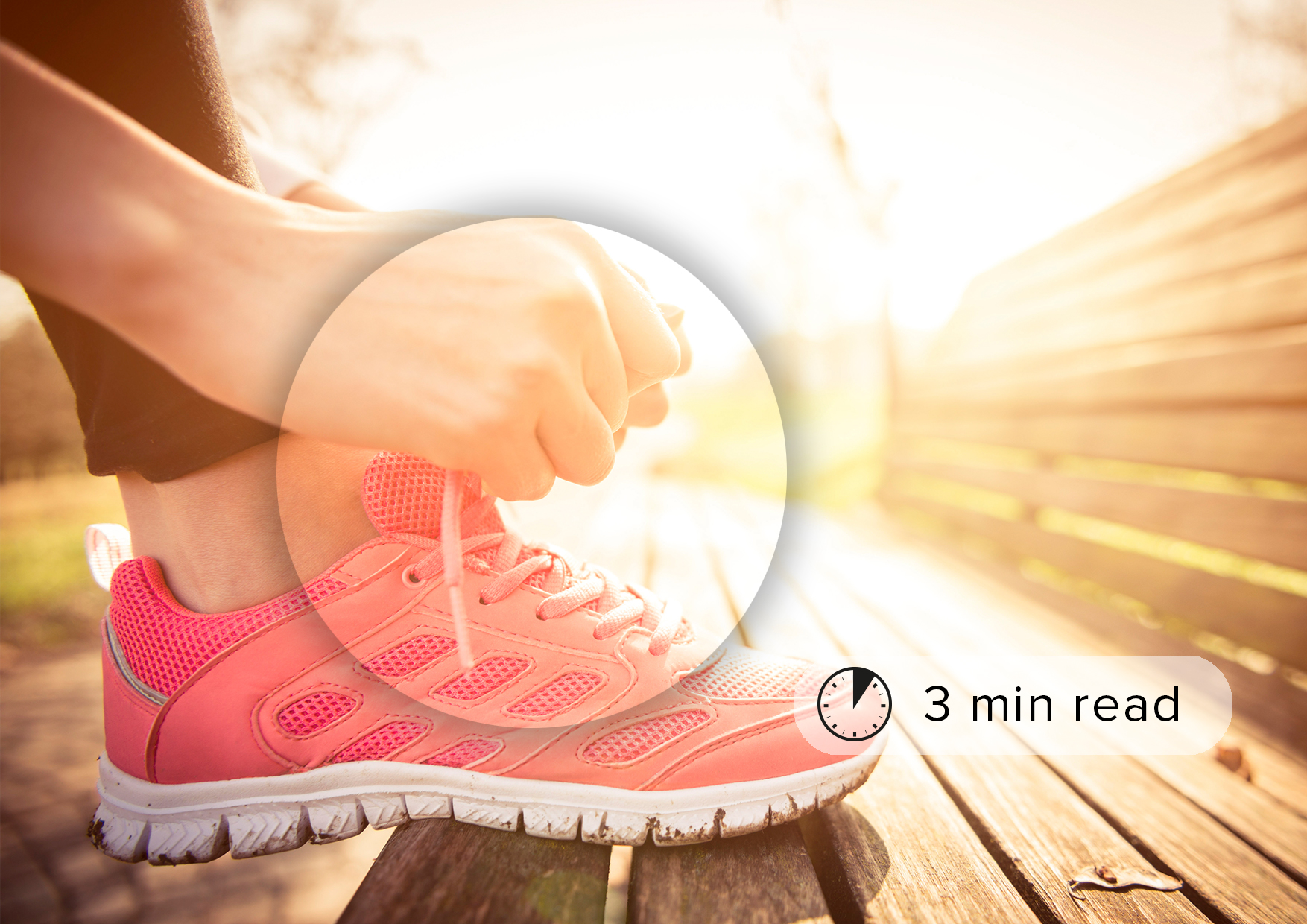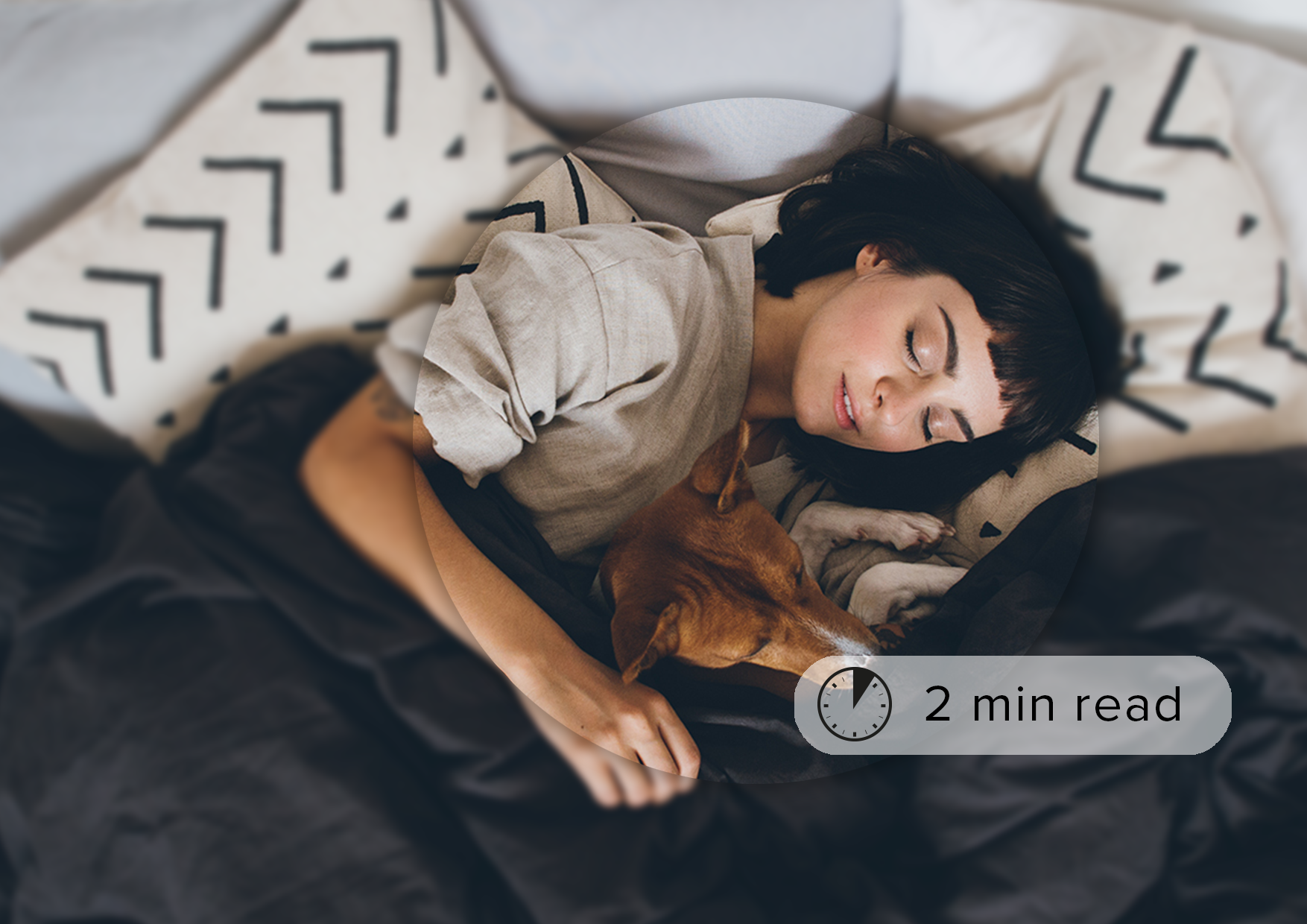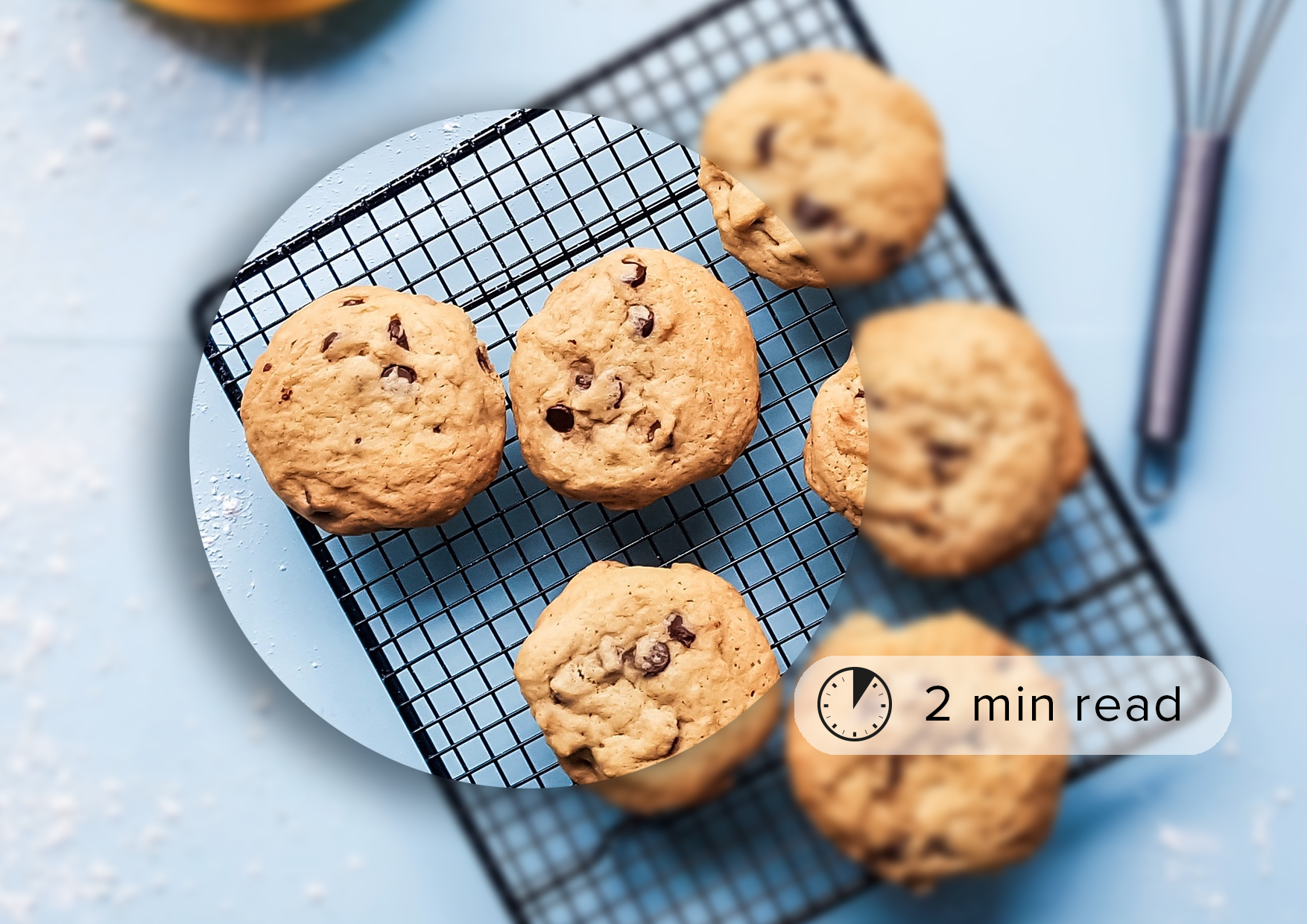With so many resources available for home workouts, finding something that fits around your current work or family commitments during this uncertain time shouldn’t be a workout in itself. Exercise is one of our only saviours at the moment and structuring your new home workout routine to include exercise can be hugely beneficial for both your physical and mental health.
I’m the first to admit to being gym-obsessed and my pre-coronavirus week would be centred around 6-7 sessions. Naturally I was filled with panic at the thought of not being able to go to my regular classes and training sessions. Luckily the digital world in which we exist has made it really easy and dare I say fun, to adapt my training based on my limited space and equipment.
Now in week 4 of working from home, self-isolation and social distancing, here is my ultimate guide to home workouts and some of my favourite apps and resources to help you design your own home workout style:
STRUCTURE: Plan home workouts into your daily routine and stick to it. Think about what’s going to work for you. There isn’t a right or wrong time to workout, just whenever is easy for you to commit to on a daily basis. Consistency is key to nurturing a new routine.
NO EQUIPMENT NECESSARY: Having no equipment doesn’t mean you can’t do a home workout. In fact, your own bodyweight is the only thing you need to get a sweat on and your heart pumping. From short bursts of High Intensity or HIIT (High Intensity Interval Training) to Yoga, Pilates and body weight challenges. Don’t underestimate the power of bodyweight training as an effective way to maximise your workout in a short space of time.
TRY SOMETHING NEW: Try to incorporate something new each week rather than doing the same thing each day. This could be as simple as a single exercise variation or a completely different style of workout. Use this time to change up your workout styles.
HAVE A WORKOUT BUDDY: Find yourself a workout buddy to make you more accountable and to help keep you motivated. Whether a friend, family member or colleague, schedule your times to work out together over Zoom, Skype or FaceTime. Why video? Because when you see others working out and they can see you, you’ll definitely put in more effort.
CREATE A DEDICATED ‘WORKOUT SPOT’: Now this all depends on your available space and it may require you to move some furniture around, but a dedicated workout spot will help you focus and get in the mindset. If you can, try and keep this space visible and set up so there’s no excuse to not workout!
Recommended apps and resources
For Everyone: Youtube
There are millions of FREE home workout videos and channels on Youtube. Some of my favourites include:
MADFIT
FitnessBlender
XHIT Daily
For the Runners & Cyclists: Strava
Many people are hitting the streets for their daily outside exercise allowance. Track your run, walk or cycle route with the free Strava app and each day compare your distance and pace.
For Livestreams:
Following a livestream workout is the closest experience to actually being in a gym class with fellow members. Greater atmosphere, sense of community and nowhere to hide! Lots of gyms are offering their regular classes as livestream editions – many are free for their members but much like classpass, you can also pay to join a single livestream class.
For Dance: Seen on Screen
SoS offers dancers of all levels the chance to learn routines inspired by stars including Beyoncé, Rihanna and Britney Spears. The dance studio is providing its followers with the opportunity to learn the routines at home by following live-streamed tutorials on its School of SOS Instagram page and on video chat platform Zoom.
For the Kids:
Home workouts for kids don’t get much better than PE with Joe by The Body Coach Joe Wicks. Streamed live everyday on his Youtube Channel, you and the kids can take part live and make this fun energetic workout part of your daily routine.
For the Soul:
Anyone just want to dance around their kitchen or living room like you’re partying the night away? Why not set up a dance party with your friends over Zoom or Facebook Messenger and take it in turns being DJ. Dancing is food for the soul!



